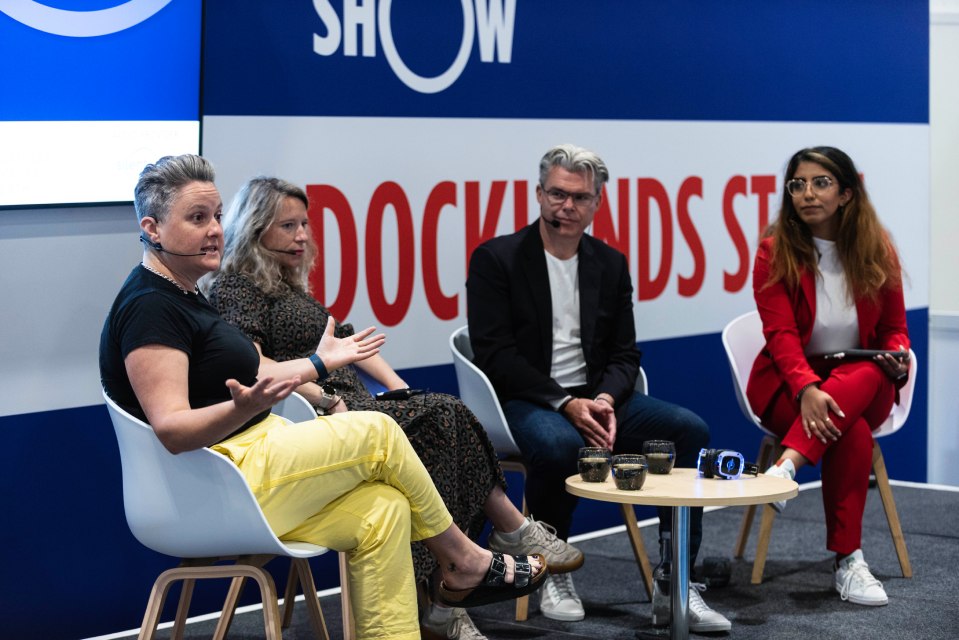Every employee has said at least once during their working life “thank goodness it’s Friday!” – typically expressed in response to a long, stressful workweek and the approaching weekend. However, is TGIF really true? HappyOrNot has researched its vast feedback database to look into the reality of this statement, and the results are telling.
Thousands of global customers are already using the HappyOrNot Smiley TerminalTM to measure customer satisfaction, and now many are starting to use them in continuous measurement of job satisfaction, such as Nike, eBay, Microsoft, DHL and Dixons Carphone. Nearly one million employees across the globe have pressed the corresponding smiley at the end of their work shift in response to the question: “How was your workday today?”
Asked by companies both big and small, this question raises awareness of the employee satisfaction and overall workplace happiness. The results act as a gauge for management of the correlated levels of engagement and productivity of the workforce. The following benchmarking data is based on the analysis of more than 840,000 feedbacks over a full Monday to Sunday workweek.
Move over Friday – the happiest workday is Saturday
While it may seem counterintuitive to think that working during the weekend would top any list, the research shows that Saturday is in fact the happiest workday, measuring overall employee happiness at 76.5%. What was also interesting was that even Sunday beats out Friday.
‘Monday blues’ are a myth
The long-time idiom appears to be also long overdue for an update. The results have shown that Tuesday has ranked as the unhappiest workday at 73.1%. In fact, Monday only follows behind Friday’s ranking by 0.3%, indicating that mid-week is the most challenging. Employers and HR management should take special note of this trend and try motivation-boosting activities during these days to beat the slump.
Year-end stress is good?
In addition to the weekly results, HappyOrNot investigated the monthly trends. Interestingly, the results show that November and December rank highest in employee happiness – the same timeframe when companies go through the Q4 push to meet year-end targets. It would have been reasonable to associate this time of year with a decline in employee satisfaction due to added stress, however the results show otherwise. There appears to be no correlation between the two, indicating that a good level of stress can actually stimulate and motivate employees towards higher job satisfaction – a positive affirmation for companies.
Happy employees are business critical
Following employee attitudes daily and closely monitoring how those trends develop week over week and month over month is essential to maintaining healthy business operations. Companies need to be able to connect with and engage employees in ways that motivate and enhance work-life wellbeing because this translates into improvements in productivity, costs, recruitment and bottom line.
“Productivity and customer service immediately suffer from employees’ poor job satisfaction,” says Heikki Väänänen, CEO and Co-founder of HappyOrNot. “Workplace atmospheres and employee attitudes are constantly changing and significant changes can happen in short periods of time, so constant awareness of employee satisfaction levels is a must in order to also maintain customer satisfaction.”









